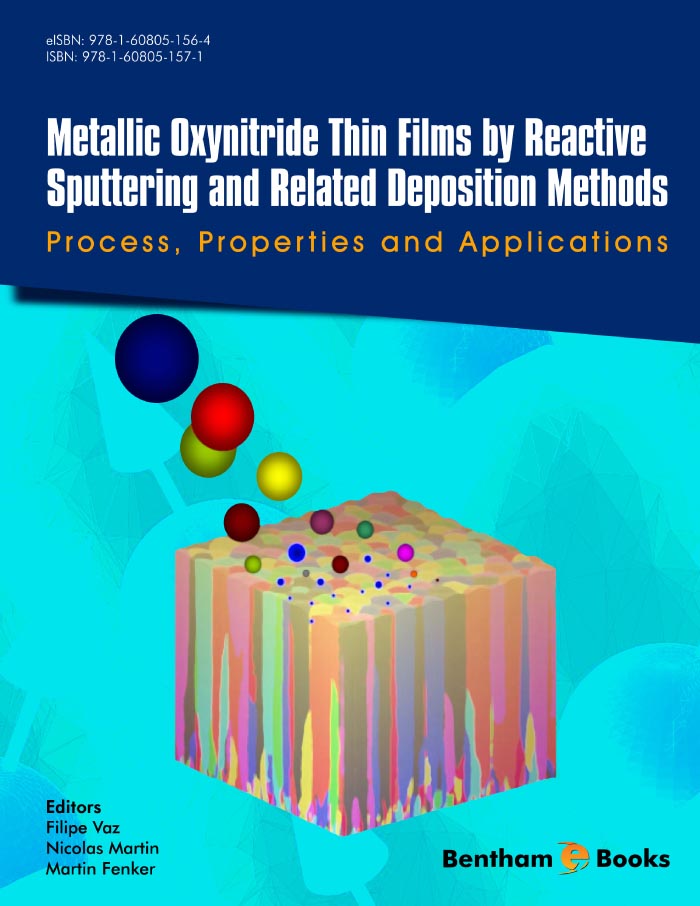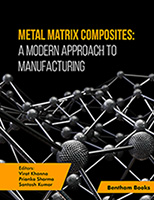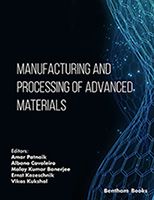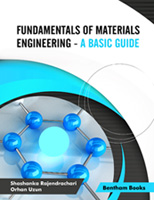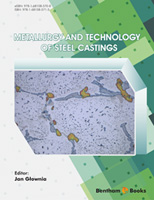Introduction
Oxynitride thin film technology is rapidly impacting a broad spectrum of applications, ranging from decorative functions (through optoelectronics) to corrosion resistance. Developing a better understanding of the relationships between deposition processes, structure and composition of the deposited films is critical to the continued evolution of these applications. This e-book provides valuable information about the process modeling, fabrication and characterization of metallic oxynitride-based thin films produced by reactive sputtering and some related deposition processes. Its contents are spread in twelve main and concise chapters through which the book thoroughly reviews the bases of oxynitride thin film technology and deposition processes, sputtering processes and the resulting behaviors of these oxynitride thin films. More importantly, the solutions for the growth of oxynitride technology are given in detail with an emphasis on some particular compounds. This is a valuable resource for academic learners studying materials science and industrial coaters, who are concerned not only about fundamental aspects of oxynitride synthesis, but also by their innate material characteristics.

